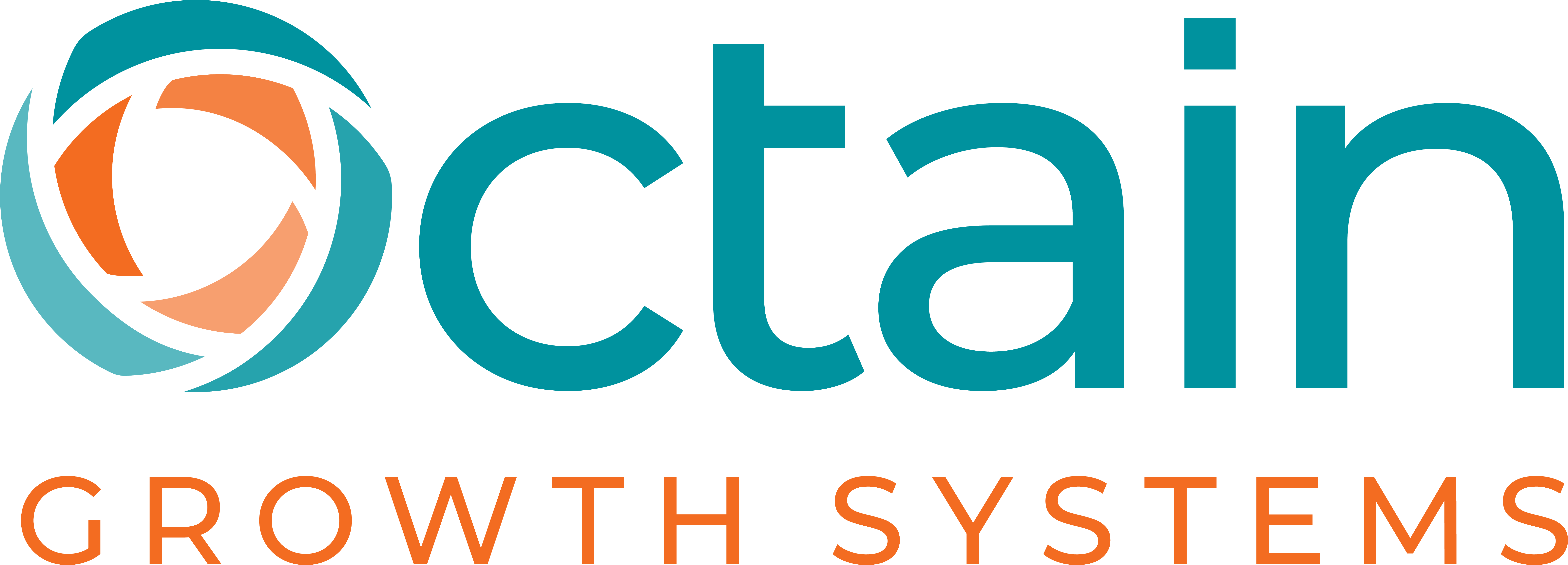The economic rollercoaster ride continues with no end in sight. Finding the growth your business needs is getting harder. As one colleague recently remarked, “I know there is an iceberg out there. I’m just not sure where it is.”
We are all facing headwinds as we try to rev up for a strong Q4 2022 and get ready for planning for 2023.
For me and my clients that 2023 planning will focus on reducing costs and improving performance with better operating efficiencies. Recently, I sat down with Robert Molony of Expense Reduction Analysts, North America to get a perspective on ways mid-market companies can reduce expenditures today.
Here are five steps Bob recommends business owners take to reduce #expenses in today’s inflationary environment:
Step 1: Make sure you are getting the best price from your #suppliers. Now that might sound like a no-brainer but as Bob explains unless you look beyond the obvious, it may not be.
“Most of the time, businesses measure the value that they get from their suppliers against historically what they’ve paid in the past. So, when they’re seeing an increase, they measure it against their current bills. Essentially they’re negotiating against themselves. But that not necessarily the best price that you can get,” Molony explains. “The best tool they have to measure value from the suppliers is against the street.”
The takeaway here: Take the time to find out prevailing prices, not just what you have paid in the past.
Step 2: Do a comprehensive #costreduction analysis. “It means looking at your expenses through a different lens, do the analysis and get underneath the root causes of your costs. For most companies 80% of their expenses are tied to 20% of their suppliers. What is generally accepted as the cost of doing business is on the other side of the Pareto distribution where 20% of the costs are mixed with 80% of the suppliers. That’s likely where the opportunity to find cost savings lies. Most business owners don’t have the bandwidth or the expertise to do a really deep dive into those costs, so they accept that and concentrate on their core products or services. A cost reduction analysis will uncover the hidden costs in that 20%,” Molony says.
Step 3: Watch out for supplier perks that can create an atmosphere for loyalty despite higher costs. For example, a supplier may be giving your purchasing manager tickets to sports events. That purchasing manager is incentivized to keep buying from that supplier even if there are better prices elsewhere.
Step 4: Get to know the supporting cast in your supplier’s organization. If you typically deal with the business development or sales rep from your supplier, take the time to build relationships with people behind the scenes like the supply chain manager or shipping clerk. These relationships give you a better view into your supplier’s organization and if your main contact leaves can support you during a personnel transition.
Step 5: It’s not one and done. We are experiencing the most challenging business environment of a lifetime, with rising prices, supply chain disruptions, and lean staffs and salary increases.
Reviewing costs and expenses with a trained eye like an Expense Reduction Analyst should be a regular part of your business planning process. Plan a review at least once a year or quarterly if things in your industry are changing fast.
Overall, Molony says, it’s your attitude toward your business environment that will make the difference in reducing risk and improving performance.
“You have to maintain an abundance mentality and recognize that there is an opportunity for change in it. And if you can leverage expertise where you don’t have it, that can be your real advantage.”
You can reach Bob Molony at bmolony@expensereduction.com
And for an analysis of how to reduce your marketing costs and spend, contact clare@octaingrowth.com

